Iceland’s rugged coastline is dotted with charming fishing villages that have
maintained their authentic character despite the country’s growing tourism industry.
These remote communities, where colorful boats bob in natural harbors and fish dry
on traditional hjell racks, offer visitors a glimpse into Iceland’s rich maritime heritage.
From tiny settlements tucked beneath towering cliffs to bustling fishing ports with
famous seafood restaurants, each village tells its own story of survival and
adaptation in one of the world’s most challenging maritime environments.
Siglufjörður, North Iceland
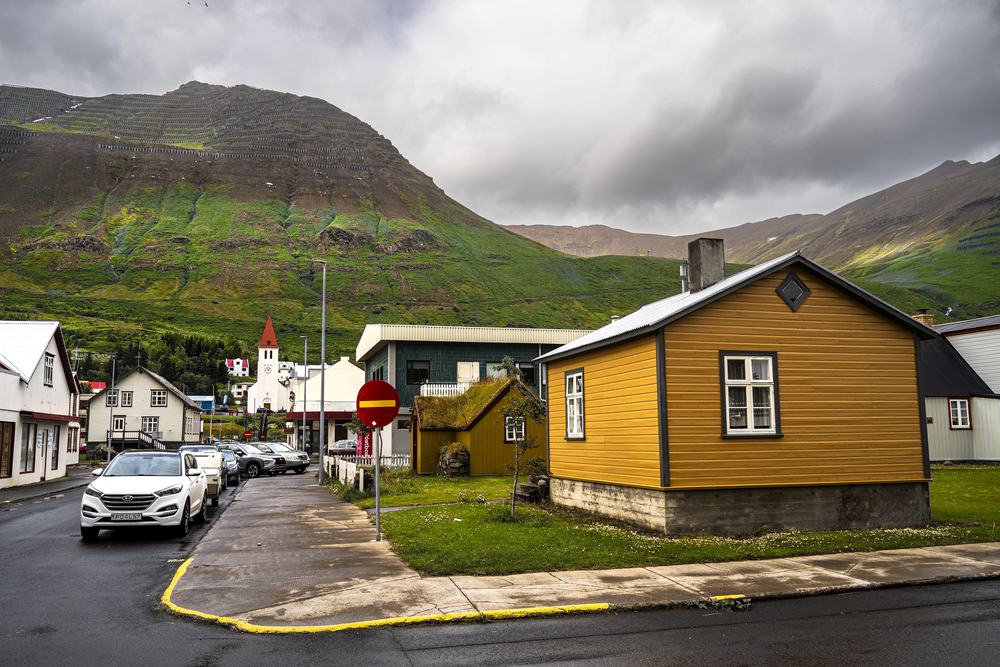
Once the herring capital of the Atlantic, Siglufjörður nestles between steep
mountains at the edge of a narrow fjord. The award-winning Herring Era Museum
brings the town’s golden age to life through interactive exhibits and restored
buildings.
Local restaurants serve traditional dishes like wind-dried fish and fresh- caught herring prepared using age-old recipes. The town’s colorful houses and boat- filled harbor create perfect photo opportunities, while summer visitors might catch the lively Folk Music Festival.
Húsavík, North Iceland
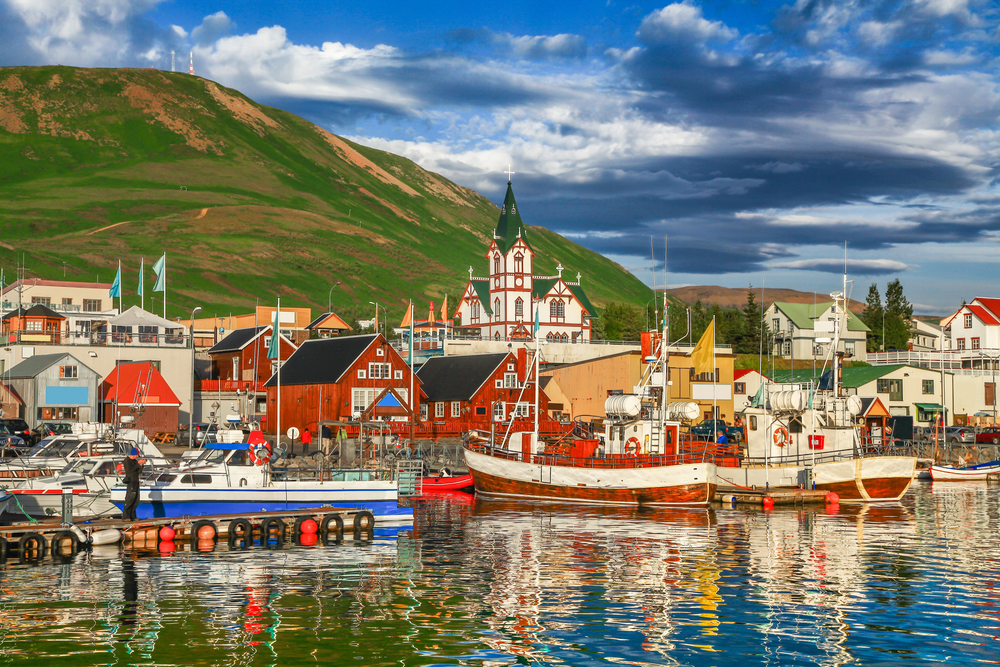
Known as Europe’s whale-watching capital, Húsavík charms visitors with its wooden
church and bustling harbor. The town’s Whale Museum provides fascinating insights
into Iceland’s marine life, while local tour operators boast a 98% success rate in
whale spotting.
Traditional fish processing facilities still operate alongside modern tourism amenities, offering a glimpse into both past and present. The GeoSea thermal baths provide stunning views over Skjálfandi Bay, where you can often spot whales while soaking.
Djúpivogur, East Iceland
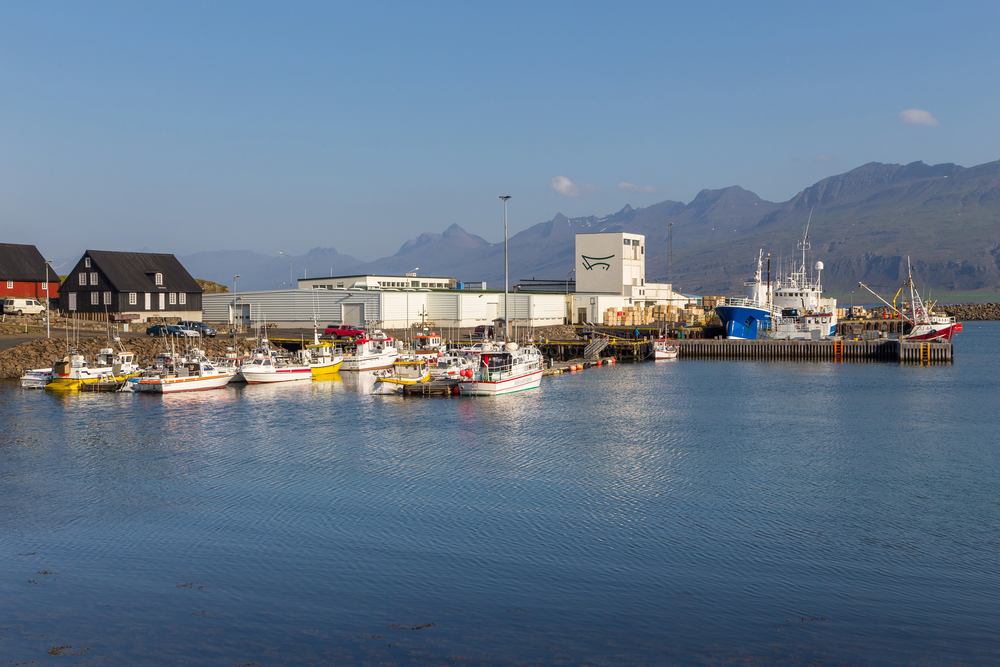
This creative village of 400 residents promotes slow living and sustainable tourism
through its unique art installations and traditional fishing culture. The harbor still
serves as the town’s heart, where fishing boats bring in fresh catches daily.
Local artists have transformed the village with installations like the famous egg sculptures representing native bird species. The nearby Gleðivík beach features black sand and remarkable rock formations, perfect for beachcombing.
Eskifjörður, East Iceland
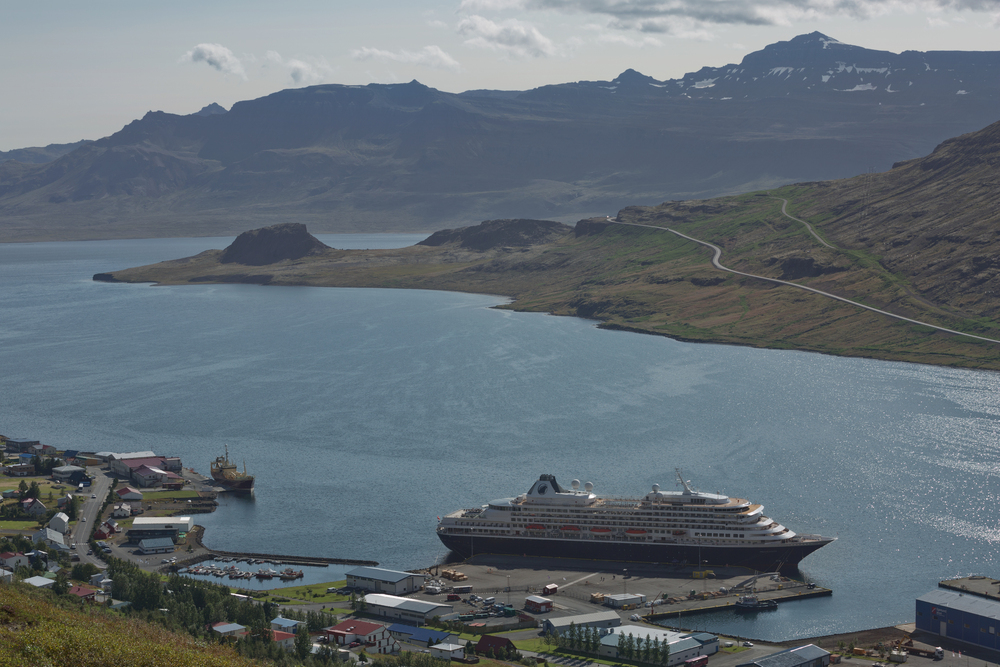
Nestled beneath the striking Mt. Hólmatindur, Eskifjörður showcases traditional fish
processing through its Maritime Museum and still-operating fish-drying racks. The
historic Randulfssjóhús, an 1890s fishing station turned museum-restaurant, offers
traditional shark meat tastings and fishing history exhibits.
Local boats offer sea angling tours where you can catch your own dinner. The town’s geothermal pool provides welcome relaxation after a day of maritime exploration.
Stöðvarfjörður, East Iceland
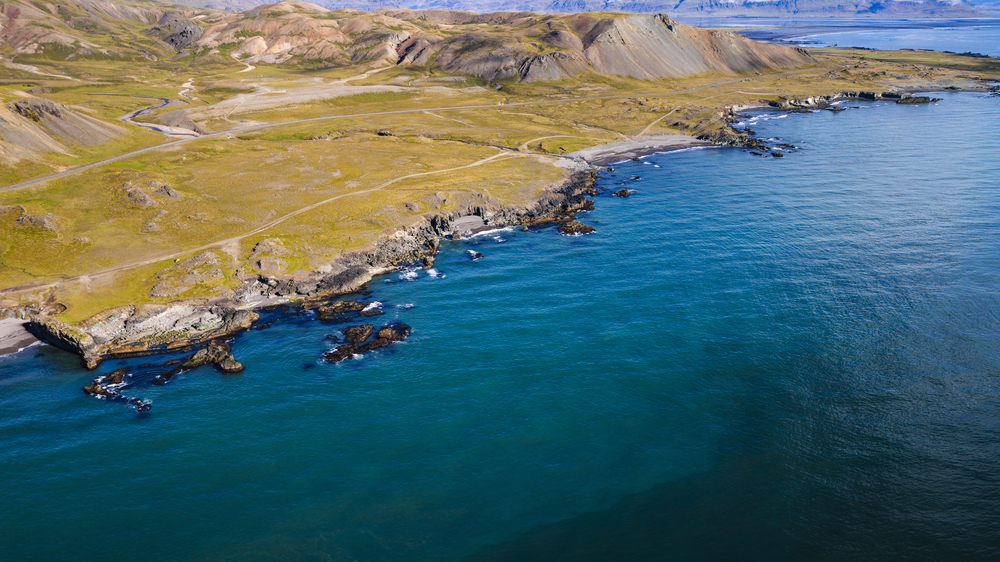
This tiny village of just 200 people has reinvented itself through art while maintaining
its fishing heritage. The remarkable Petra’s Stone Collection showcases thousands
of local minerals gathered over a lifetime.
Local fishermen still welcome visitors to join them for day trips on traditional fishing boats. The creative atmosphere has attracted artists who have transformed abandoned fish factories into vibrant cultural spaces.
Ólafsfjörður, North Iceland
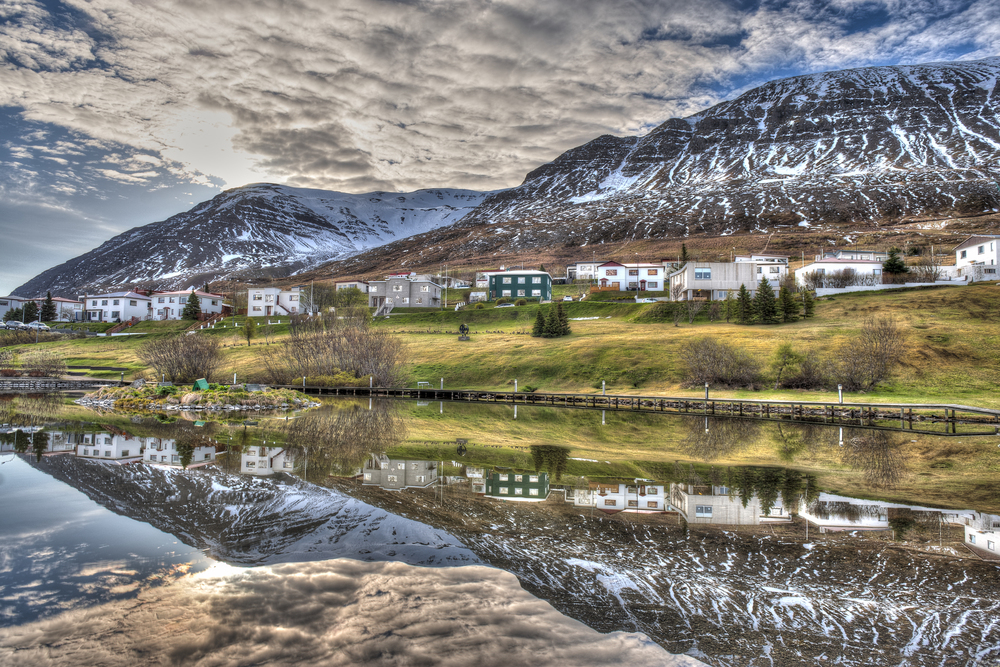
Surrounded by mountains on three sides, Ólafsfjörður offers exceptional winter
sports alongside its traditional fishing culture. The Folk Music Center celebrates
Iceland’s rich musical heritage while providing insights into local maritime traditions.
Fresh fish markets operate daily; selling catches straight from the boats to eager
locals and visitors. The town’s location makes it perfect for viewing the northern
lights during winter months.
Flateyri, Westfjords
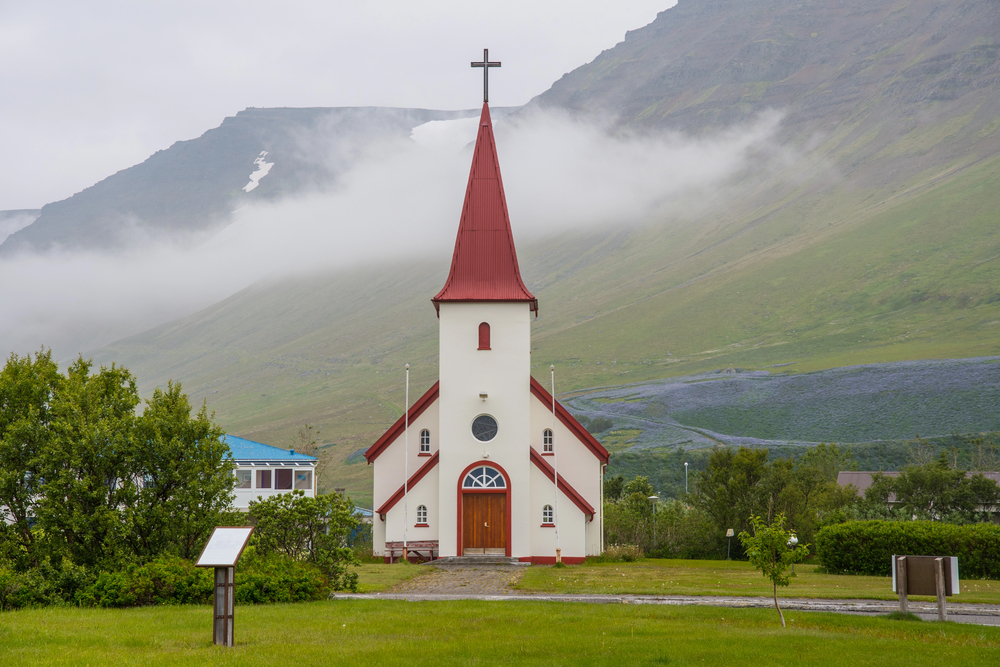
This historic village in the remote Westfjords region preserves its maritime heritage
through the Old Bookstore, now a museum depicting 19th-century life. The protective
avalanche barrier above town serves as a viewing platform for spectacular fjord
vistas.
Local fishing traditions continue with small boats heading out daily for cod and haddock. The International Doll Museum adds an unexpected cultural touch to this
remote fishing community.
Bakkafjörður, Northeast Iceland
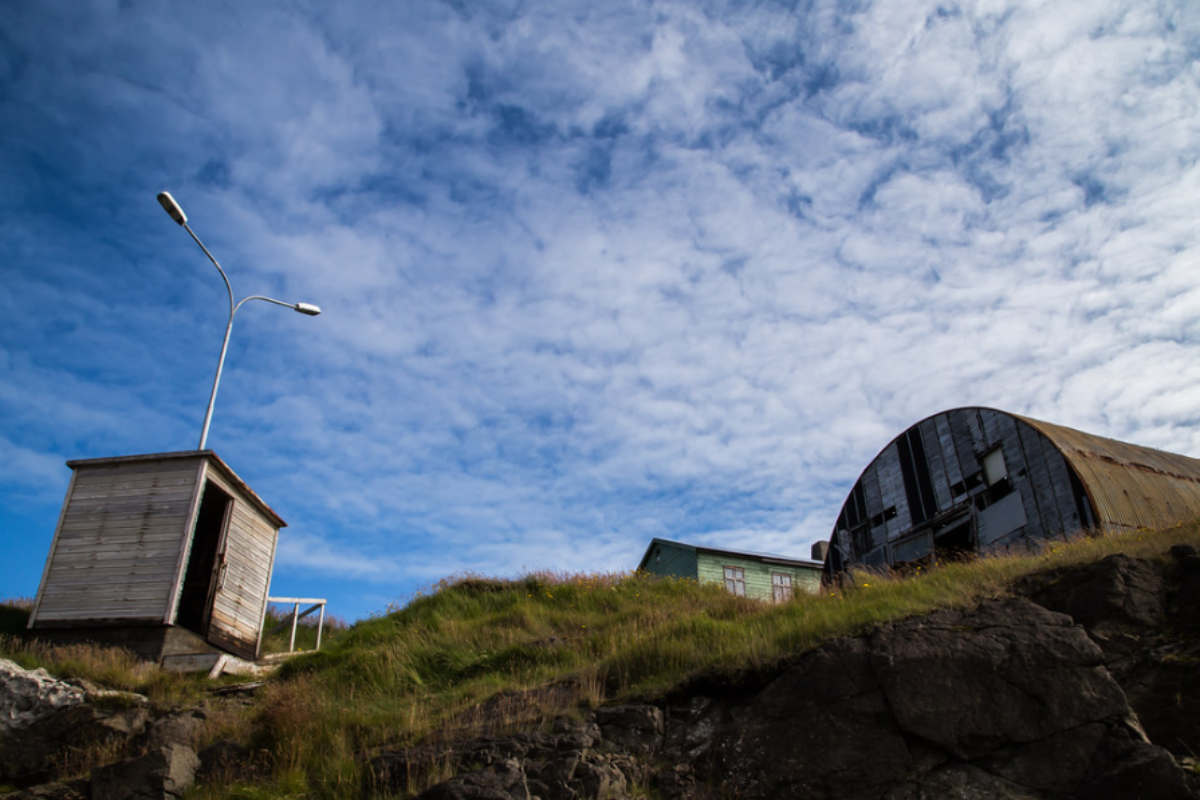
One of Iceland’s smallest fishing villages, with just 70 year-round residents, offers an
authentic glimpse into rural coastal life. The natural harbor still supports several
fishing boats that supply the local fish processing plant.
Bird-watching opportunities abound with puffin colonies nearby during summer months. The village’s isolation makes it perfect for experiencing the midnight sun or northern lights, depending on the season.
Borgarfjörður Eystri, East Iceland
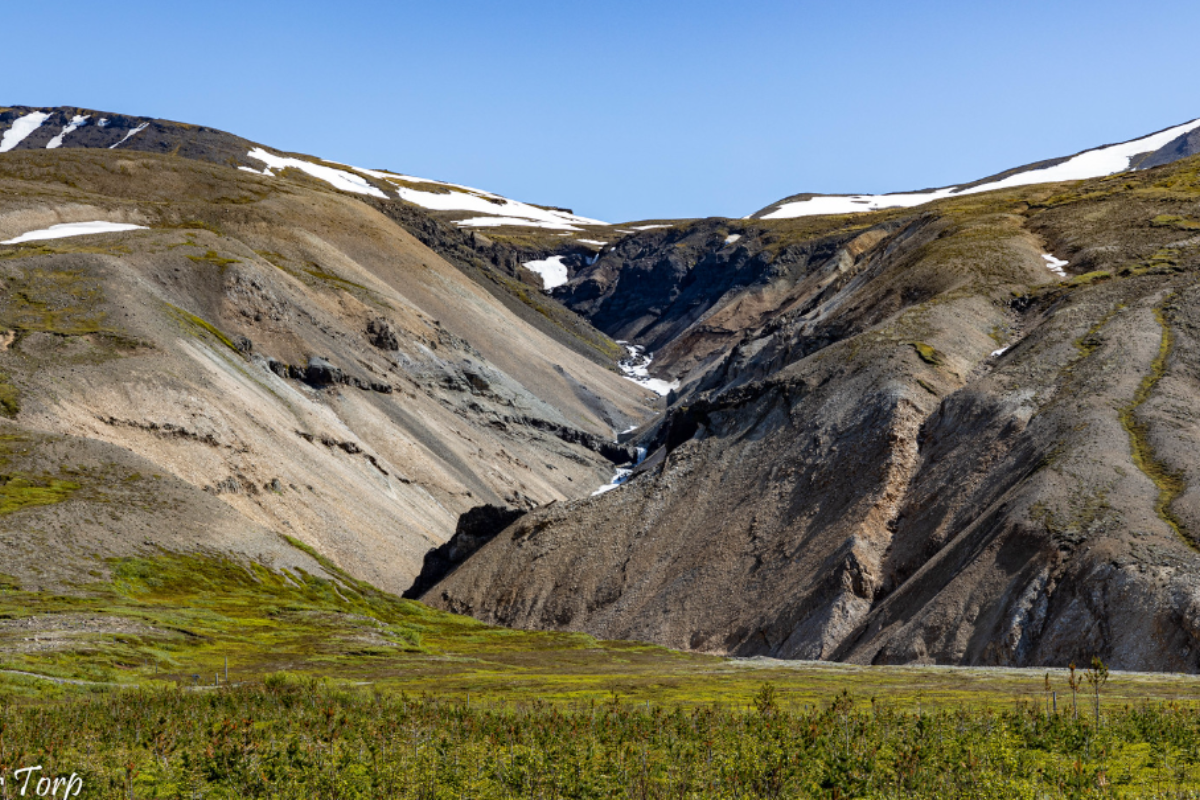
This remote village combines fishing heritage with exceptional hiking opportunities
and puffin watching. The harbor renovation project has created an attractive marina
while preserving traditional fishing operations.
Local folklore claims the area as home to the queen of Iceland’s elves, with marked trails leading to her supposed palace. The fish factory still processes daily catches using both traditional and modern methods.
Raufarhöfn, North Iceland
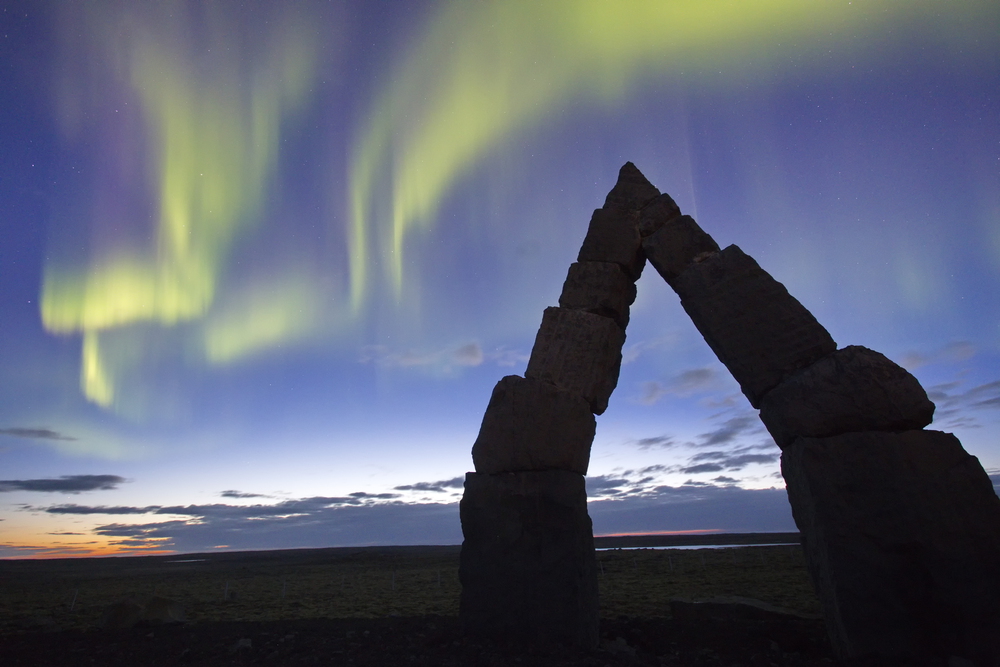
The northernmost village in mainland Iceland offers unique experiences like the
Arctic Henge project alongside its fishing traditions. The local harbor remains active
year-round despite challenging weather conditions, supplying fresh fish to the
community.
Summer visitors can experience nearly 24 hours of daylight, perfect for midnight fishing trips. The village’s remote location provides excellent opportunities for northern lights viewing in winter.
Drangsnes, Westfjords
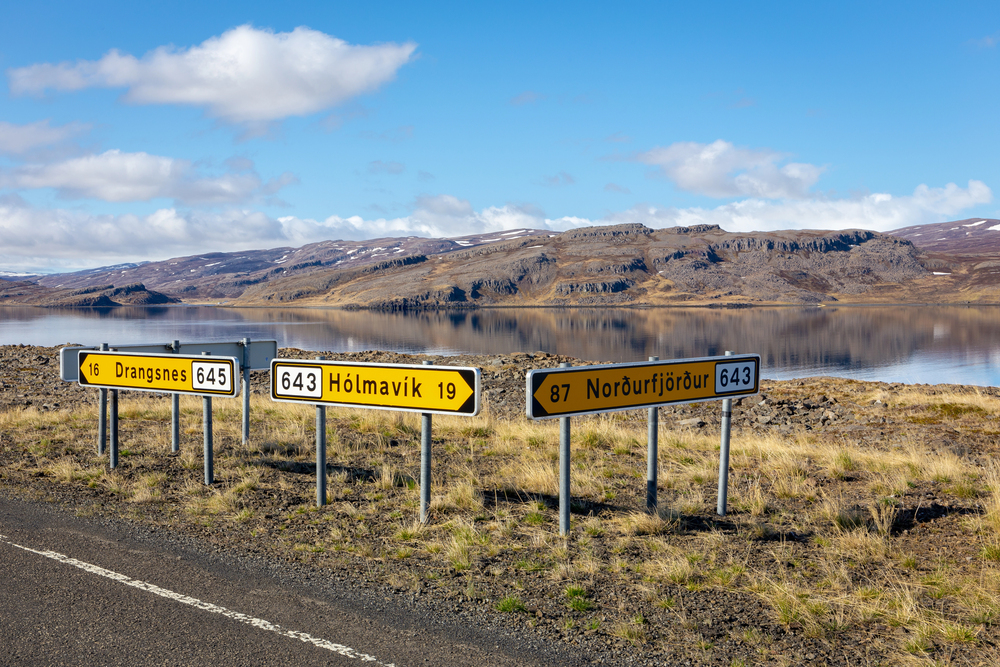
Famous for its roadside hot pots overlooking the fjord, Drangsnes maintains its
traditional fishing culture while embracing tourism. Local legends speak of trolls
turned to stone, visible as rock formations along the coast.
The village’s fish processing plant offers tours showing both traditional and modern methods. Seal watching is popular from the shore, where you can often spot them playing in the harbor.
Grímsey Island
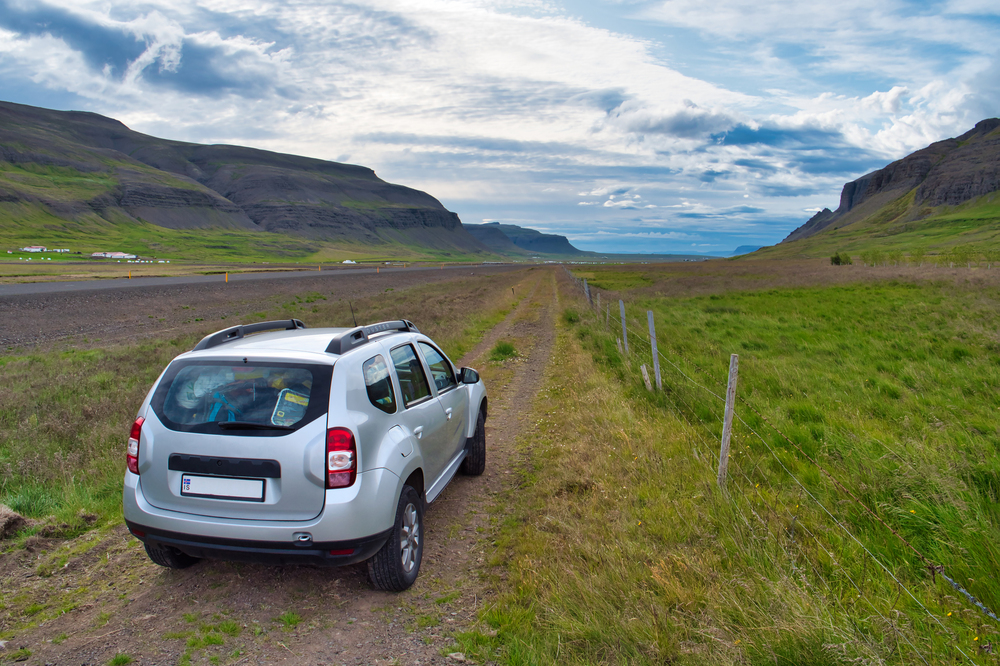
Located on the Arctic Circle, this tiny fishing community offers a unique blend of
traditional life and modern sustainability. The island’s puffin colonies attract bird
watchers during summer months, while fishing remains the primary occupation.
Local fishermen welcome visitors to join them for day trips, sharing generations of
maritime knowledge. The island’s location makes it perfect for experiencing the
midnight sun and northern lights.
Bíldudalur, Westfjords
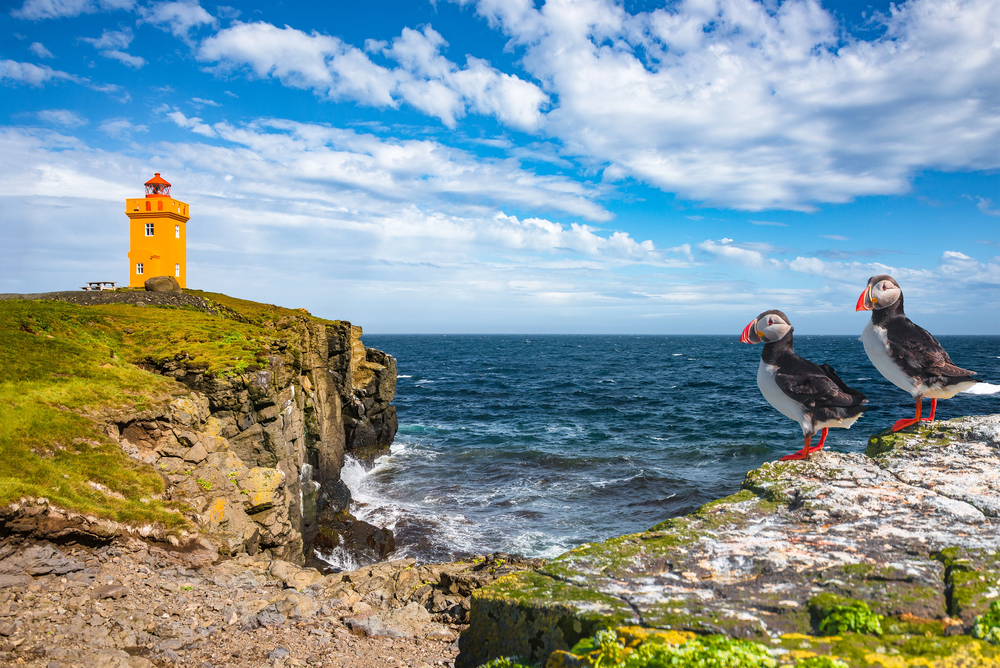
Known for its sea monster museum and traditional fish processing, Bíldudalur sits in
a spectacular fjord setting. Local folklore comes alive through exhibits and
storytelling sessions at the museum, while active fishing boats maintain ancient
traditions.
The village’s natural harbor provides shelter for both fishing vessels and pleasure boats. Cultural events throughout summer celebrate the community’s rich maritime heritage.
Suðureyri, Westfjords
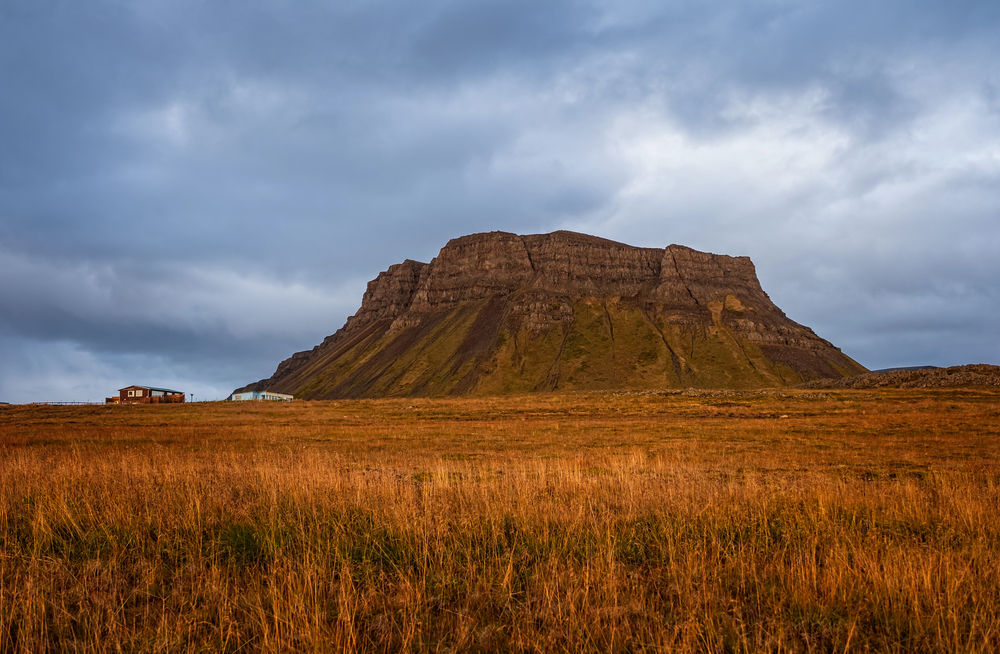
This sustainable fishing village offers unique food tours showcasing traditional fish
processing methods alongside modern techniques. Local restaurants serve fish
caught the same day, often prepared using recipes passed down through
generations.
The village’s location provides excellent opportunities for sea angling and bird watching. Guided tours of the fish processing facilities offer insights into Iceland’s fishing industry.
Þórshöfn, Northeast Iceland
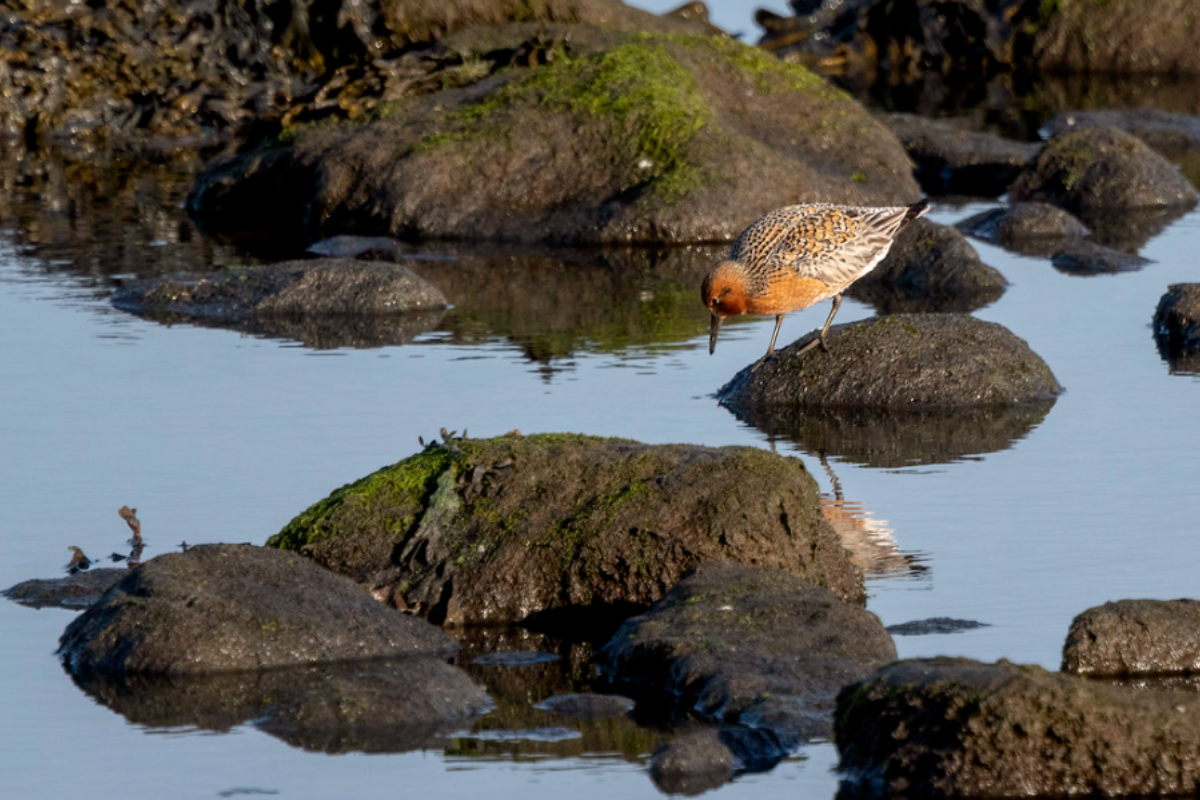
This working fishing village maintains its authentic atmosphere while offering visitors
insights into modern fishing operations. The local fish factory welcomes visitors for
tours, demonstrating both traditional and contemporary processing methods. Nearby
beaches provide excellent spots for seal-watching and beachcombing. The village’s
remote location ensures an authentic experience of Icelandic coastal life.
Kópasker, North Iceland
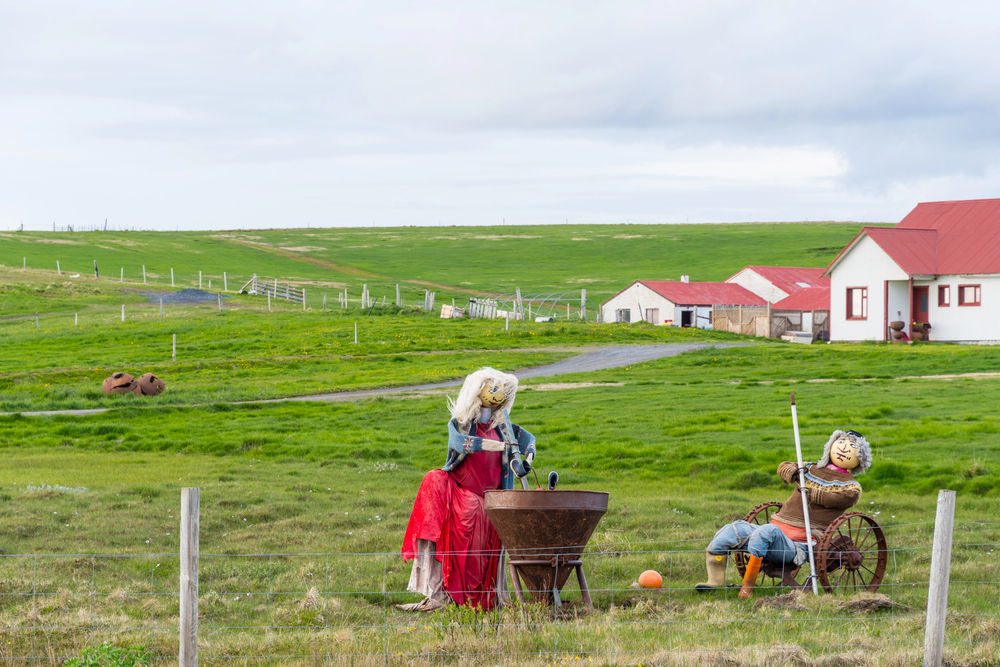
Famous for its Earthquake Center documenting the 1976 disaster, Kópasker
combines fishing heritage with geological interest. The village harbor remains active
with small fishing boats supplying local processors. Traditional fish drying racks still
operate seasonally, producing harðfiskur (dried fish) using ancient methods. The
surrounding area offers excellent hiking and bird-watching opportunities.
Tálknafjörður, Westfjords
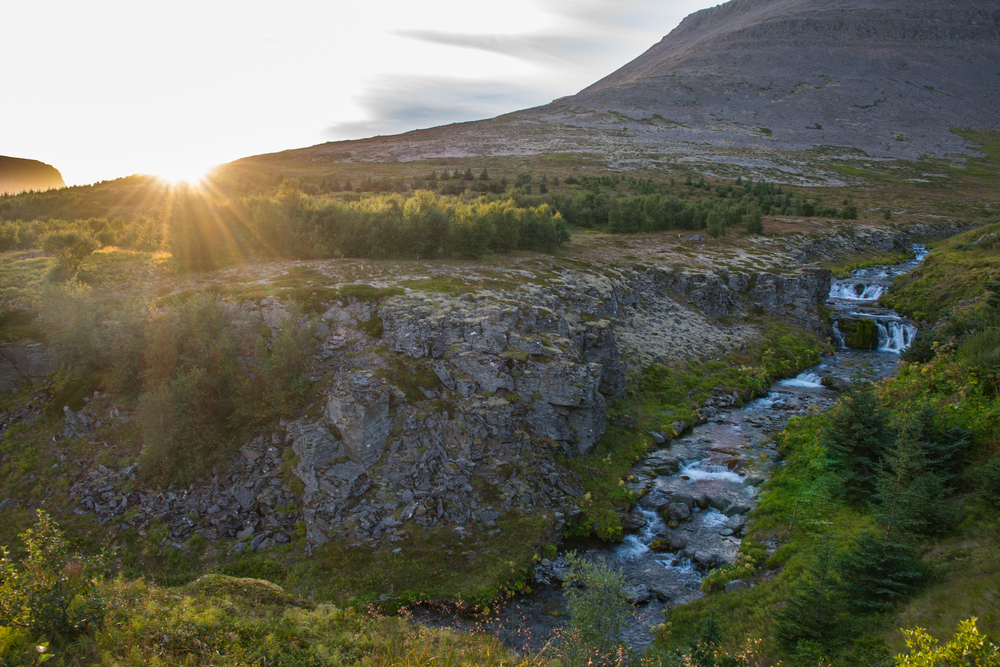
This small village showcases sustainable aquaculture alongside traditional fishing
methods. The local hot pools offer stunning views over the fjord while providing
welcome warmth after maritime adventures. Fish farming operations welcome
visitors for tours, demonstrating modern approaches to sustainable seafood
production. The village’s location makes it perfect for viewing the northern lights
during winter months.
Grundarfjörður, Snæfellsnes
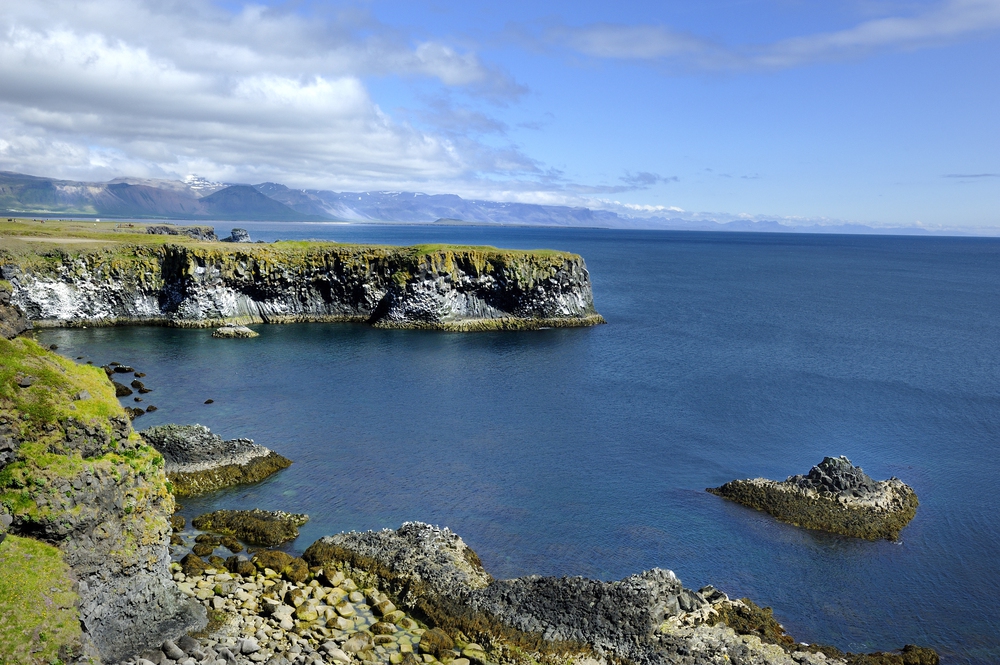
Dominated by the iconic Mt. Kirkjufell, this fishing village combines stunning natural
beauty with active maritime culture. The harbor bustles with fishing vessels while
offering whale-watching tours during the summer months. Local restaurants serve
fresh-caught fish prepared using traditional methods passed down through
generations. The village’s location provides perfect views of the midnight sun during
summer.
Vopnafjörður, East Iceland
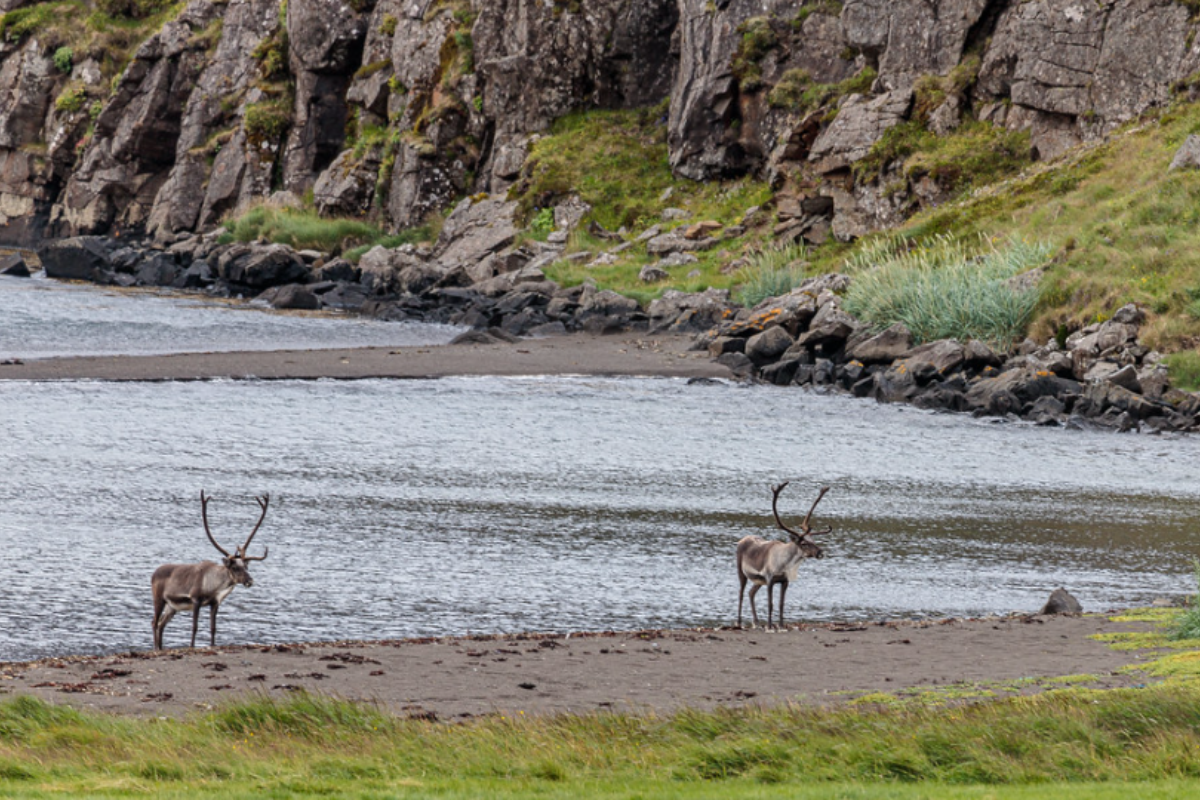
This historic trading post maintains its fishing traditions while celebrating its cultural
heritage through museums and festivals. The salmon rivers attract anglers from
around the world, while the harbor supports traditional fishing operations. Local
museums showcase the village’s connection to the Canadian-Icelandic migration of
the 1800s. The surrounding highlands offer excellent hiking opportunities and berry
picking in season.
Arnarstapi, Snæfellsnes
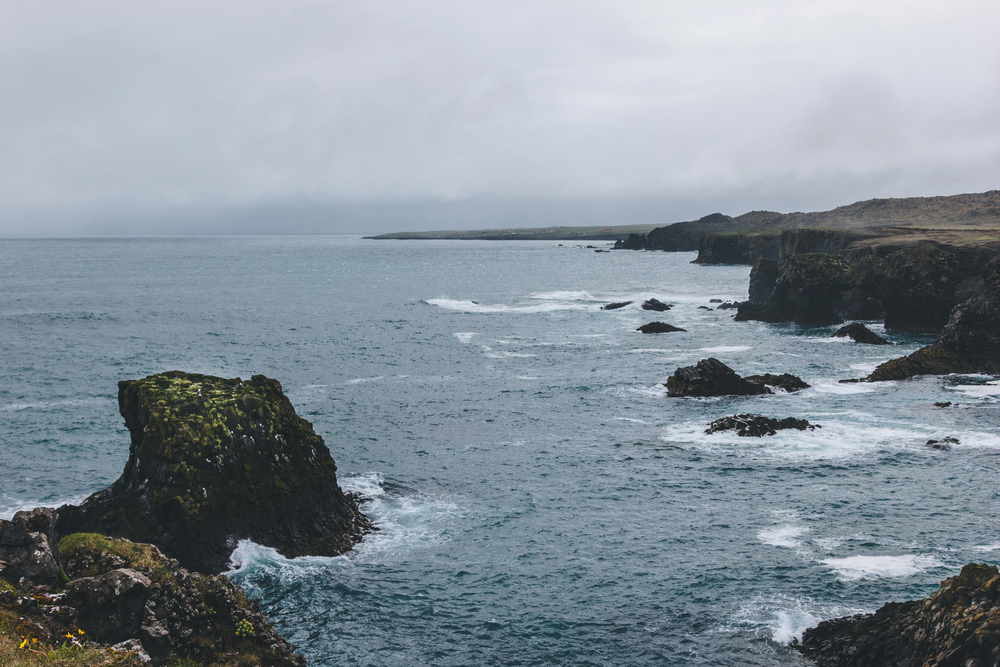
This tiny port village sits beneath the majestic Snæfellsjökull glacier, offering
dramatic coastal walks and rich bird life. Traditional fish drying still takes place on
wooden racks near the harbor, while local boats offer fishing trips. The stone bridge
between Arnarstapi and Hellnar provides one of Iceland’s most scenic coastal walks.
Local folklore about elves and hidden people adds mystery to the dramatic
landscape.
Maritime Heritage Today
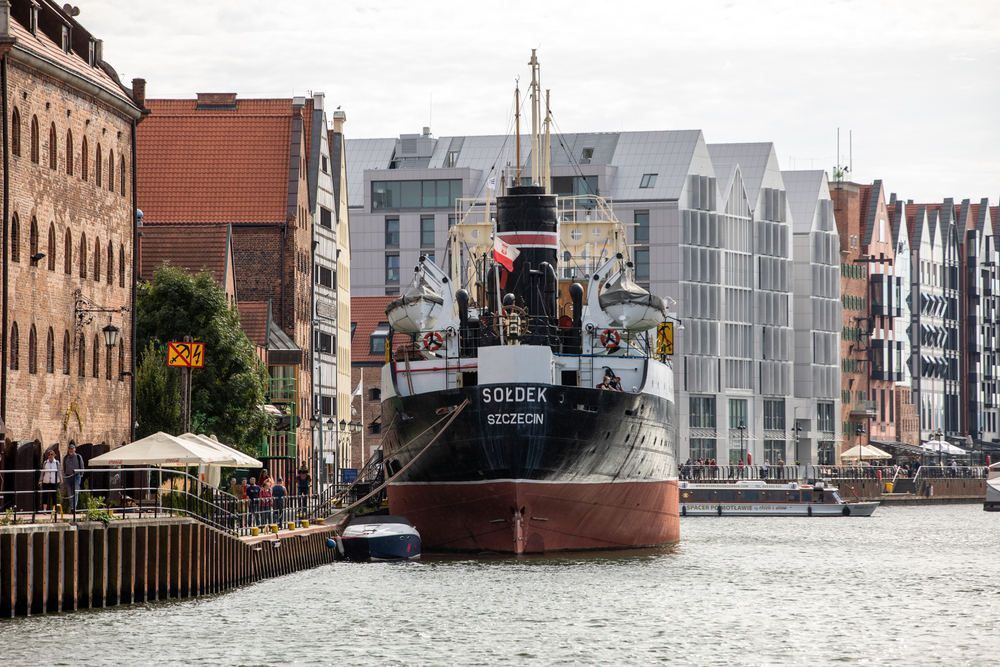
These 20 fishing villages represent the heart and soul of Iceland’s coastal
communities, where ancient traditions meet modern life in perfect harmony. Each
village offers its unique blend of authentic fishing culture, natural wonders, and warm
hospitality, inviting visitors to experience a way of life that has sustained Icelanders
for generations.
Whether you’re drawn to whale watching, fresh seafood, cultural experiences, or
simply the raw beauty of Iceland’s coastline, these villages provide genuine
connections to both the country’s maritime heritage and its sustainable future.
More from Travel Pug

- 15 Dangerous European Cities to Avoid
- 15 Caribbean Islands Where Tourists Keep Getting Scammed
- The 20 Most Fascinating Abandoned Places: A Journey Through Time and Forgotten Spaces
- 15 Hidden Places in the Smithsonian Museums Locals Love: A Guide to Lesser-Known Treasures
- 16 Hidden Florida Beach Towns That Aren’t Overrun with Tourists
Like Travel Pug’s content? Follow us on MSN.
